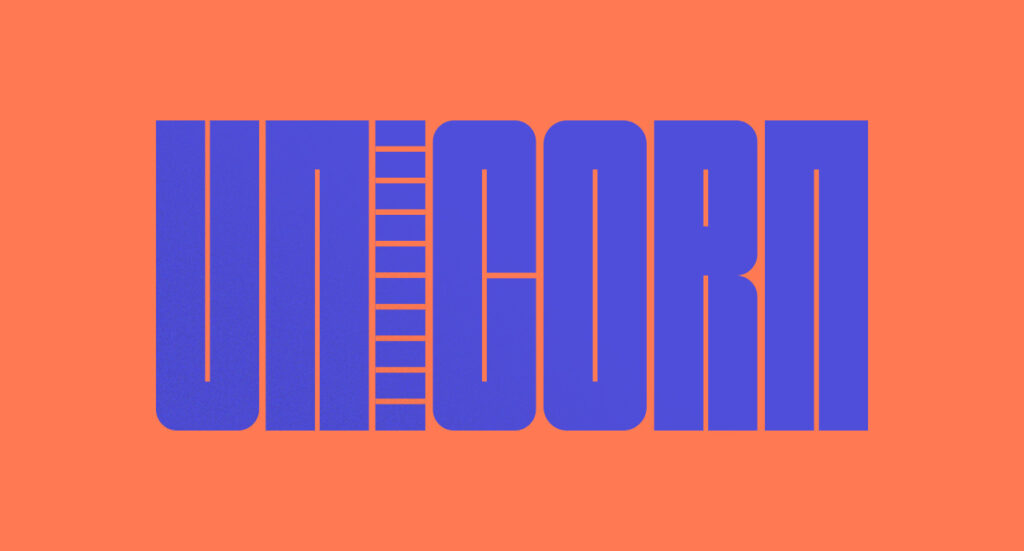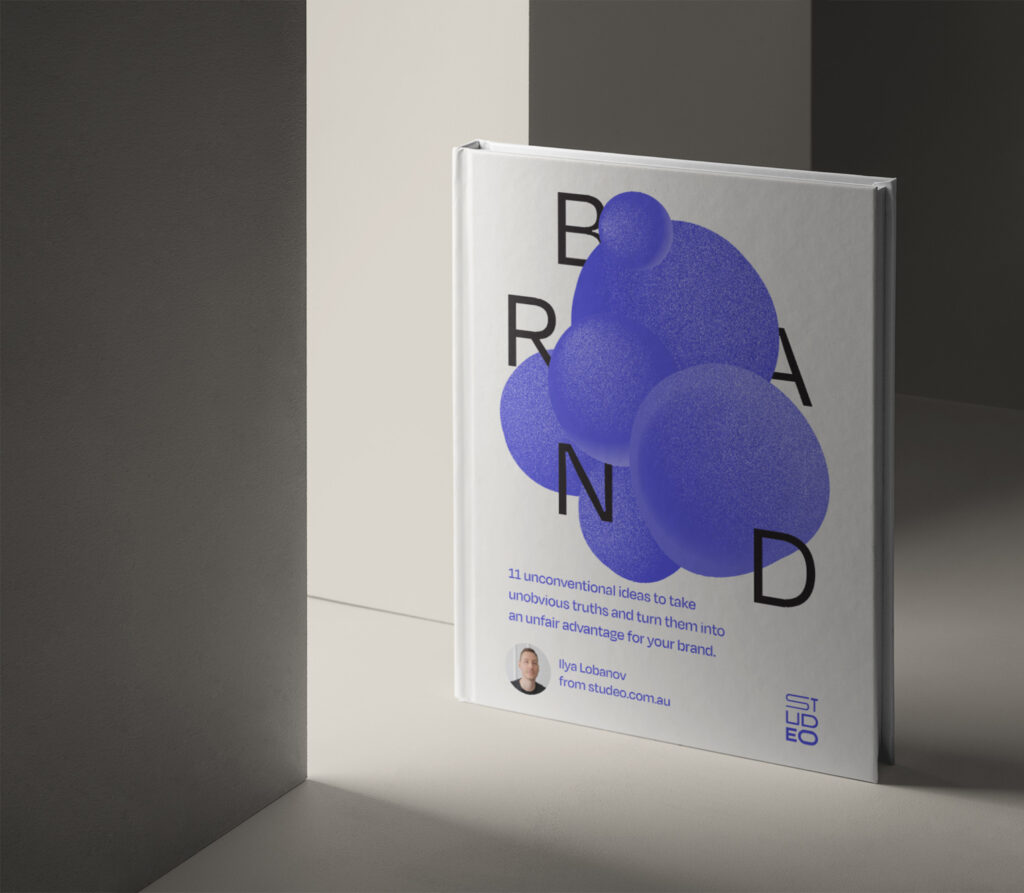So You Want to Be a Unicorn Designer

Before we can talk about the Unicorn Designer concept we must take a trip down memory lane, to the year of 2002 (only briefly, I promise). When I was finishing high school, most of my classmates had no idea what career path they wanted to take.
I was lucky – by the age of 18 I was already hand-coding websites for my favourite bands and designing album covers. It was clear as day that I wanted to be a designer. My friends continued to flip-flop for another 10-15 years, from one unrelated job onto another, not having any clear direction.
I never judged them for being indecisive, or having lacked vision. But I can tell you that a lot of them did judge themselves. I was often told how lucky I was for finding my passion early. My friends would beat themselves up for lacking direction.
Little did they know, I was flip flopping in my own way. When it came to design, I didn’t know what I wanted to focus on. I wanted to do it all, and I did. I was designing logos, coding websites, drawing caricatures for my friends. When animated Flash became a thing, I was amongst the first to start creating animated cartoons, website intros and shortly after, full flash websites.
Unbeknownst to me, I was building myself up as a unicorn designer.
Overcoming the Stigma of Being a Unicorn Designer
Very early on, the design community encouraged designers to focus on just one or two things. Similarly to having a lack of direction with general career choices, in the design world they expected you to be a master of something, rather than a jack-of-all-trades.
Up-and-coming designers were told to focus on their “T-shaped skills”, especially when presenting portfolios. If you showcased more than two-three design disciplines, you were labelled average overall, by default.
I suspect a lot of those beliefs were based around the notion of 10,000 hours to master a skill. If you picked more than one skill to master, everyone automatically wrote you off. So naturally there was a stigma associated with being a unicorn designer.
The ultimate truth is, you have two choices to be a successful designer (bar that – to be a successful anything). And that is to either be in the top 5% in one discipline or diversify and aim for being in the top 25% of two to three disciplines instead. I think we can all agree that those that can achieve the top 5% are few – as grim as that sounds. The good news is, most of us can ‘skill stack’ and achieve a high enough level in three complementary areas.
Creativity Is Not Single Faceted
Curiously (but not surprisingly) unicorn designers are much more sought after in a lot of companies today. Particularly in those companies where initiative, leadership and creative thinking are valued over having one perfected skill.
Pablo Picasso wasn’t just a famous painter, he was also a well-received sculptor, ceramicist, poet. Karl Lagerfeld was a prolific fashion designer, artist, photographer, and caricaturist. Or Jamie Foxx, who’d won both an Academy Award for Best Actor and a Grammy Award as a musician. The list of creatives that excelled in multiple disciplines is infinite.
Creativity is a multi-faceted phenomenon. Thus a pretty good graphic designer can also be capable of writing some pretty clever copy.
I equate design with creativity overall. Ultimately a designer is a creative problem solver. And so the more varied your creative toolbelt is, the better you are at solving complex problems. Creativity is even something that we can use in the everyday.
Should Every Designer Aim to Become a Unicorn?
By now, if you’re a small business owner you’re thinking – unicorn designers sound awesome! They can help with designing my logo, coding the website, and then writing and managing social media ads. All the while taking one salary for doing five jobs!
If you’re a designer you’re lamenting – why on earth would I want to perform five jobs, while getting one fifth of the respect?
Let me be clear, I am not advocating on becoming a lacklustre creative in as many disciplines as possible. And I am certainly not promoting hiring someone to take advantage of a ‘great deal’.
Lessons for Upcoming Designers
I do encourage designers who are starting out to try everything – web, animation, programming branding, copywriting, illustration and more. This poke and hope method can help establish two or three key disciplines and strengths initially.
As a designer you can work to simultaneously develop these pillar skills – aiming to be in the top 25% for all of these. It helps if the three skills are complementary rather than adjacent, as adjacent skills will improve as a by-product of developing your core skills. Example of adjacent skills might be graphic design, publication design and packaging. Branding, copywriting and UX would be an example of a complementary skill set.
A designer with a skill set like this will be able to add tremendous value to any business (and secure corresponding respect and reward).
Creative Unicorns Make Better Leaders
Striving to diversify your creativity toolbelt and skill set will always pay in the long run. Just like a diversified investment portfolio helps protect you if one asset class crashes.
Certain skills can be hot one day, and redundant the next. It pays to have a diverse range of skills to play to those that are in demand at the time.
Unicorns naturally make better leaders because they have exposure across different aspects of design. Just enough to be dangerous. They can see the birds-eye-view of a problem and quickly offer solutions and improvements. That means they can identify an optimal solution quickly and set the team around them (or help build a team) on the right path to bring that vision to life. Even if they do lack the required 5% extra of illustration or coding prowess to do it themselves. This ability to lead is invaluable, possibly more than any other skill.
Have you considered how becoming a Unicorn Designer might impact on your place in the job market? Do you have other thoughts on the topic or ideas of content you’d like to see next? Drop me a line at studio@studeo.com.au
